Deep Shrestha
WellFactor: Patient Profiling using Integrative Embedding of Healthcare Data
Dec 21, 2023



Abstract:In the rapidly evolving healthcare industry, platforms now have access to not only traditional medical records, but also diverse data sets encompassing various patient interactions, such as those from healthcare web portals. To address this rich diversity of data, we introduce WellFactor: a method that derives patient profiles by integrating information from these sources. Central to our approach is the utilization of constrained low-rank approximation. WellFactor is optimized to handle the sparsity that is often inherent in healthcare data. Moreover, by incorporating task-specific label information, our method refines the embedding results, offering a more informed perspective on patients. One important feature of WellFactor is its ability to compute embeddings for new, previously unobserved patient data instantaneously, eliminating the need to revisit the entire data set or recomputing the embedding. Comprehensive evaluations on real-world healthcare data demonstrate WellFactor's effectiveness. It produces better results compared to other existing methods in classification performance, yields meaningful clustering of patients, and delivers consistent results in patient similarity searches and predictions.
A Knowledge Graph-Based Search Engine for Robustly Finding Doctors and Locations in the Healthcare Domain
Oct 08, 2023

Abstract:Efficiently finding doctors and locations is an important search problem for patients in the healthcare domain, for which traditional information retrieval methods tend not to work optimally. In the last ten years, knowledge graphs (KGs) have emerged as a powerful way to combine the benefits of gleaning insights from semi-structured data using semantic modeling, natural language processing techniques like information extraction, and robust querying using structured query languages like SPARQL and Cypher. In this short paper, we present a KG-based search engine architecture for robustly finding doctors and locations in the healthcare domain. Early results demonstrate that our approach can lead to significantly higher coverage for complex queries without degrading quality.
Patient Clustering via Integrated Profiling of Clinical and Digital Data
Aug 22, 2023


Abstract:We introduce a novel profile-based patient clustering model designed for clinical data in healthcare. By utilizing a method grounded on constrained low-rank approximation, our model takes advantage of patients' clinical data and digital interaction data, including browsing and search, to construct patient profiles. As a result of the method, nonnegative embedding vectors are generated, serving as a low-dimensional representation of the patients. Our model was assessed using real-world patient data from a healthcare web portal, with a comprehensive evaluation approach which considered clustering and recommendation capabilities. In comparison to other baselines, our approach demonstrated superior performance in terms of clustering coherence and recommendation accuracy.
Positioning and Sensing in 6G: Gaps, Challenges, and Opportunities
Nov 02, 2022



Abstract:Among the key differentiators of 6G compared to 5G will be the increased emphasis on radio based positioning and sensing. These will be utilized not only for conventional location-aware services and for enhancing communication performance, but also to support new use case families with extreme performance requirements. This paper presents a unified vision from stakeholders across the value chain in terms of both opportunities and challenges for 6G positioning and sensing, as well as use cases, performance requirements, and gap analysis. Combined, this motivates the technical advances in 6G and guides system design.
Integration of Communication and Sensing in 6G: a Joint Industrial and Academic Perspective
Jun 24, 2021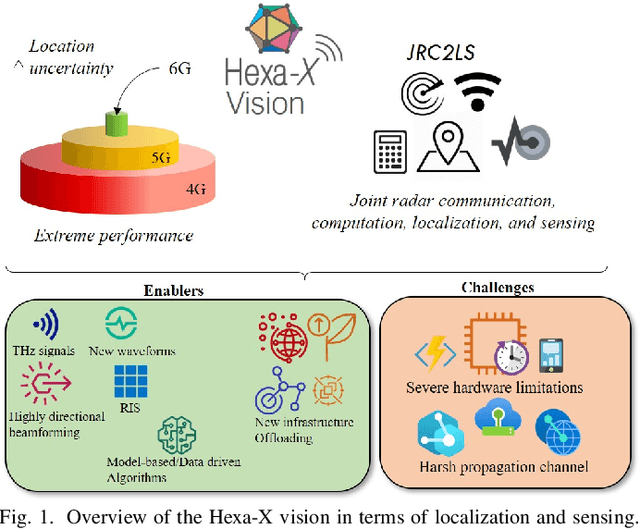
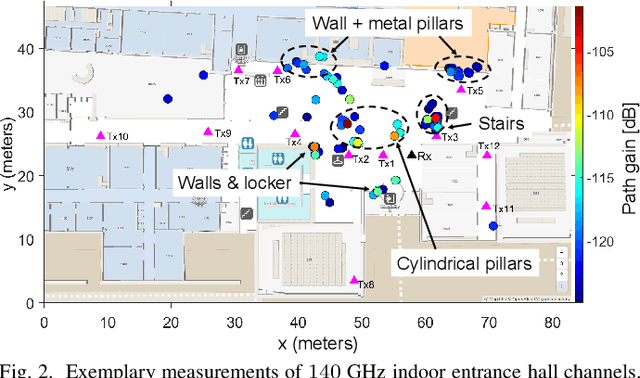

Abstract:6G will likely be the first generation of mobile communication that will feature tight integration of localization and sensing with communication functionalities. Among several worldwide initiatives, the Hexa-X flagship project stands out as it brings together 25 key players from adjacent industries and academia, and has among its explicit goals to research fundamentally new radio access technologies and high-resolution localization and sensing. Such features will not only enable novel use cases requiring extreme localization performance, but also provide a means to support and improve communication functionalities. This paper provides an overview of the Hexa-X vision alongside the envisioned use cases. To close the required performance gap of these use cases with respect to 5G, several technical enablers will be discussed, together with the associated research challenges for the coming years.
Uncertainty in Position Estimation Using Machine Learning
Jun 04, 2021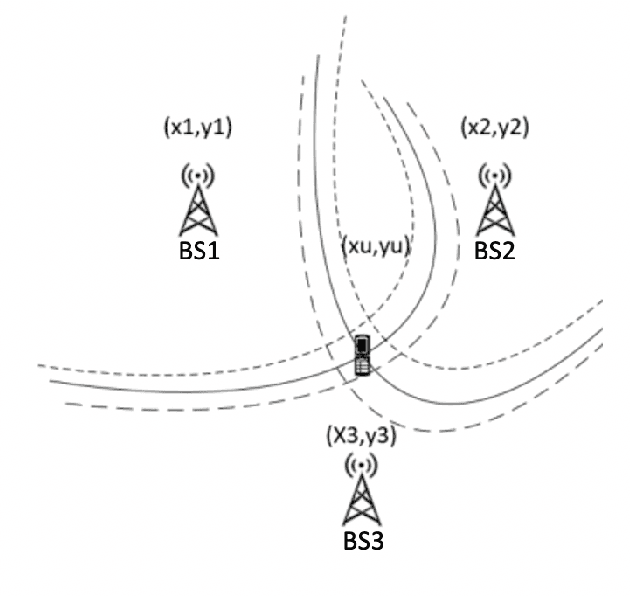
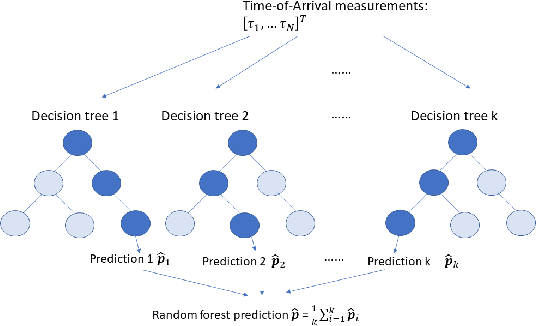
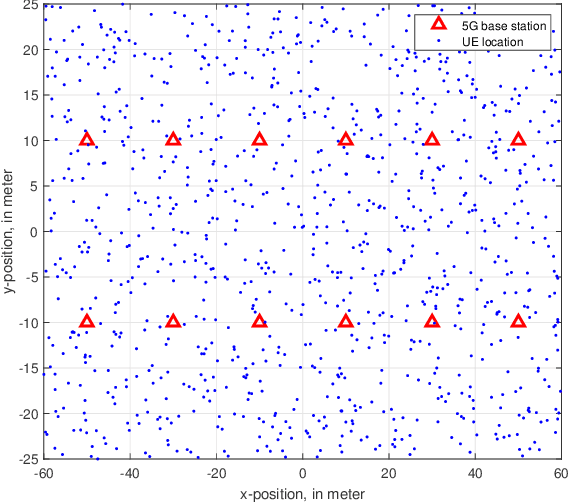
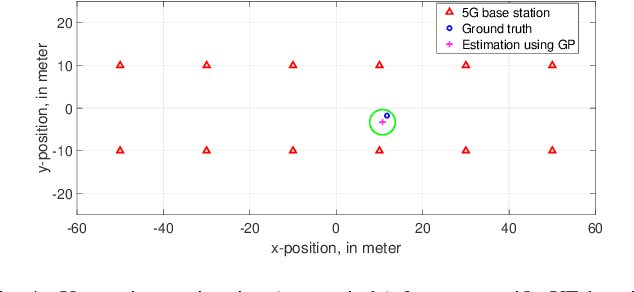
Abstract:UE localization has proven its implications on multitude of use cases ranging from emergency call localization to new and emerging use cases in industrial IoT. To support plethora of use cases Radio Access Technology (RAT)-based positioning has been supported by 3GPP since Release 9 of its specifications that featured basic positioning methods based on Cell Identity (CID) and Enhanced-CID (E-CID). Since then, multiple positioning techniques and solutions are proposed and integrated in to the 3GPP specifications. When it comes to evaluating performance of the positioning techniques, achievable accuracy (2-Dimensional or 3-Dimensional) has, so far, been the primary metric. With the advent of Release 16 New Radio (NR) positioning, it is possible to configure Positioning Reference Signal (PRS) with wide bandwidth that naturally helps improving the positioning accuracy. However, the improvement is evident when the conditions are ideal for positioning. In practice where the conditions are non-ideal and the positioning accuracy is severely impacted, estimating the uncertainty in position estimation becomes important and can provide significant insight on how reliable a position estimation is. In order to determine the uncertainty in position estimation we resort to Machine Learning (ML) techniques that offer ways to determine the uncertainty/reliability of the predictions for a trained model. Hence, in this work we propose to combine ML methods such as Gaussian Process (GP) and Random Forest (RF) with RAT-based positioning measurements to predict the location of a UE and in the meantime also assess the uncertainty of the estimated position. The results show that both GP and RF not only achieve satisfactory positioning accuracy but also give a reliable uncertainty assessment of the predicted position of the UE.
5G Deployment Strategies for High Positioning Accuracy in Indoor Environments
May 20, 2021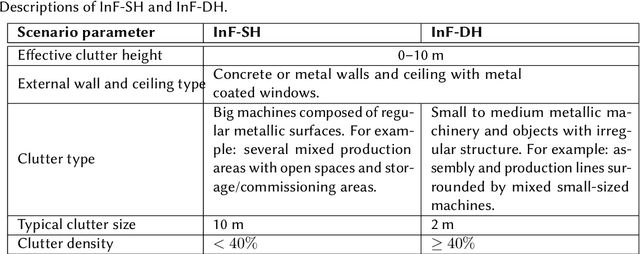
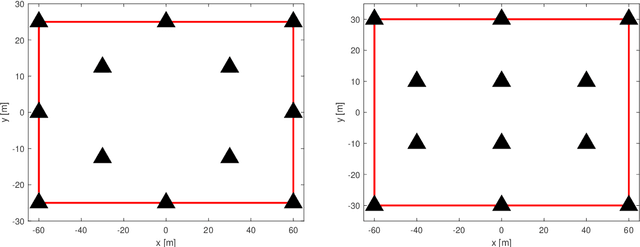

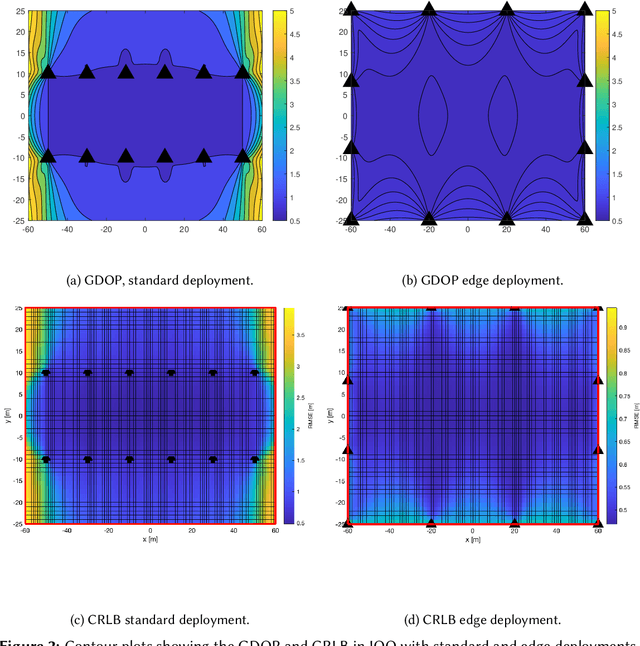
Abstract:Indoor positioning is currently recognized as one of the important features in emergency, commercial and industrial applications. The 5G network enhances mobility, flexibility, reliability, and security to new higher levels which greatly benefit the IoT and industrial applications. Industrial IoT (IIoT) use-cases are characterized by ambitious system requirements for positioning accuracy in many verticals. For example, on the factory floor, it is important to locate assets and moving objects such as forklifts. The deployment design for different IIoT environments has a significant impact on the positioning per-performance in terms of both accuracy and availability of the service. Indoor factory (InF) and indoor open office (IOO) are two available and standardized Third Generation Partnership Project (3GPP) scenarios for evaluation of indoor channel models and positioning performance in IIoT use cases. This paper aims to evaluate the positioning performance in terms of accuracy and availability while considering different deployment strategies. Our simulation-based evaluation shows that deployment plays a vital role when it comes to achieving high accuracy positioning performance. It is for example favorable to deploy the 5G Transmission and Reception Points (TRPs) on the walls of the factory halls than deploying them attached to the ceiling.
 Add to Chrome
Add to Chrome Add to Firefox
Add to Firefox Add to Edge
Add to Edge